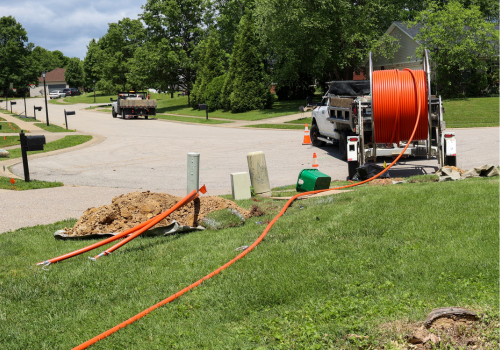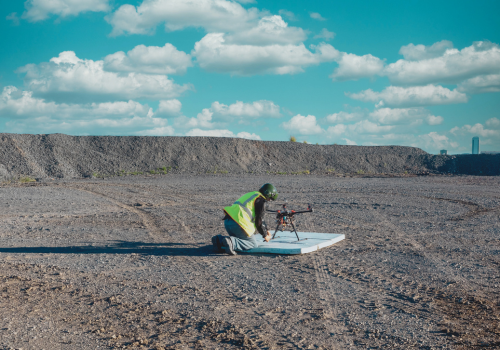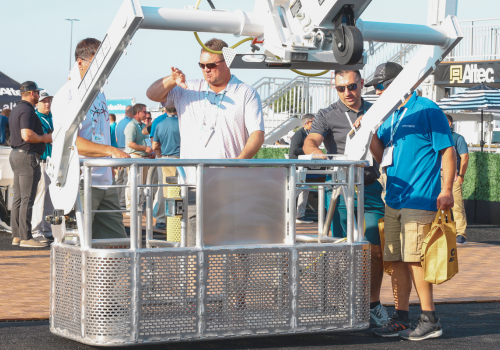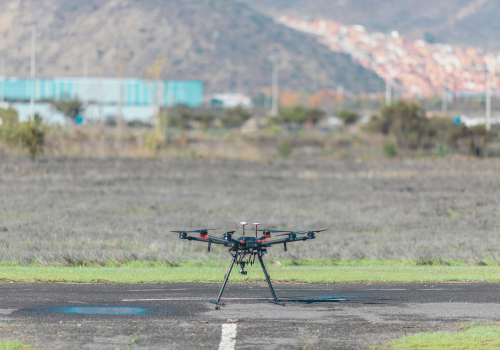America’s water infrastructure includes an aging network of 800,000 miles of public sewers and 500,000 miles of lateral lines that require periodic cleaning to remove fats, oils, grease, sediment and other debris that can restrict the flow of sewage.
Blockages are estimated to cause 42% of all sanitary system overflows (SSOs). According to the EPA, SSOs present a health risk because raw sewage carries bacteria, viruses, protozoa, intestinal worms, inhaled molds and fungi that pose health hazards. Exposure may cause diseases ranging from mild gastroenteritis to life-threatening ailments such as cholera, dysentery, hepatitis and severe gastroenteritis.
Municipalities are getting smarter about managing the cleaning and repair of sewer lines. A 2019 American Water Works study reported that asset management plans enabled 62% of surveyed utilities to proactively manage wastewaster infrastructure maintenance rather than respond to failures.
Aging infrastructure and a growing population means the market for sewer cleaning services is growing. “It’s a predictable and growing market, says John Wichmann, president of Sewer Equipment Company. “The need is always there.”
Contractors and municipalities typically are involved in cleaning main sewer lines, while plumbers usually handle the cleaning of lateral lines that run from homes and businesses to the main lines.
Traditional gravity sewers have minimum flow requirements, and when those aren’t met, obstructions can occur. For a typical eight-inch pipe used in many urban applications, water must travel at a velocity of 2 to 4 feet per second to ensure solids stay suspended. Four-inch pipe which is typically used for lateral lines, running from the home to the main, has the same requirement.
Cleaning is often the first step of a sewer inspection process. According to Chapman Hancock, manager of market development for Subsite, cleaning and inspection is not only a best practice, it’s required in some states. “In Florida and Georgia, for example, whenever a pipe goes underneath a DOT road, after the installation it has to be inspected with a camera,” he explains.
Modern technology for sewer cleaning
According to Wichmann tools for cleaning sewer pipes have evolved from mechanical systems such as rodders to high-pressure water jetting equipment and combination units that can recycle gray water.
The most important consideration when selecting sewer cleaning equipment is the size and shape of the pipe, and location where you will be working. “Eighty percent of sewer cleaning involves strictly jetting,” says Wichmann. Controlled water pressure and flow propels a water jet through the sewer pipe allowing it to remove and wash away the obstruction. The bigger the pipes, the larger and longer the water jet hose is needed.
Other sewer cleaners combine high pressure waterjetting with vacuuming to clean pipes and extract debris, which is disposed into a sludge tank. “Combination units offer more function, but they’re typically larger and less maneuverable,” says Josh Malmassari, product manager for Vactor Mfg, which makes a variety of sewer cleaners. The combination units can also be used for hydro excavation, a non-destructive and more accurate way to remove soil and locate underground utilities. Combination sewer cleaners offer an efficiency advantage because they can decant the excess liquid brought into the debris body back into the sewer line when cleaning is done. This means less trips to the dump site and more time spent on the job.
Nozzle selection is another important selection for operators. “There’s a science behind nozzle selection,” says Malmassari. Nozzles are designed with specific applications in mind. Some are designed to clear blockages while others can chew through roots. Buyers should understand what jet angle will best accomplish their task given the diameter of the pipe and the type of debris blocking the flow of water in the pipe.
Both Malmassari and Wichmann believe sewer cleaners that recycle water are a growing trend, particularly in areas where water resources are scarce. In other situations, the driving factor may be a lack of fire hydrants in the area to be cleaned, such as along an interstate highway.
Once your requirements are established other factors to consider are ease of use and ease of maintenance. Sewer Equipment has purposefully kept its equipment electronic-free to make it simple and easy to operate and repair. They also offer a wide range of sewer cleaning solutions. “We have the ability to help our customers solve their problems rather than selling them what we have,” says Wichmann.
Vactor sewer cleaning technology focuses on safety, ease of operation and ergonomics. “The control box rotates 90 degrees as well as vertically to suit the operator and wireless controls enable the sewer cleaner to be controlled from a distance,” says Malmassari. The equipment is designed to keep operators safe and prevent damage to the equipment if an emergency stop is required.
Vactor is focused on reducing the training required to operate the equipment. A QR code on the truck allows both new and existing users access to quick training video.
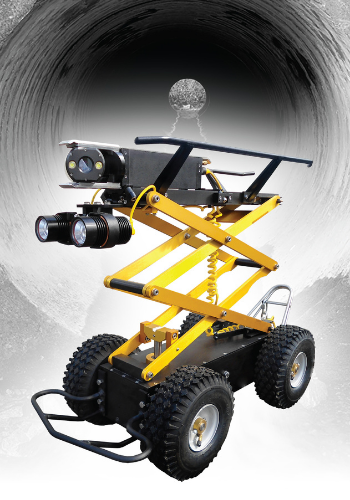 Inspection systems do more than Illuminate sewer problems
Inspection systems do more than Illuminate sewer problems
Cameras have transformed sewer cleaning operations, giving utilities and contractors an eye on problems in the pipe without unnecessary digging and possible damage. “Cameras have resulted in better cleaning and inspection practices,” says Hancock. A sewer line camera inspection will show areas of deterioration, breaks or cracks, root intrusion and other issues that may be restricting flow.
But the value goes beyond the images themselves. Software helps utilities record and manage their entire sewer system. “You can visually see the trouble area, capture it in the software, and document the level of deterioration,” says Hancock. Data logging identifies the exact location of the problem. With additional information on pipe condition and blockages, municipalities can adjust the frequency of cleaning to make better use of their resources.
A wide variety of camera inspection systems exist to handle different sizes of pipes and inspection of lateral pipes as well as main lines. “All camera systems have quality video,” says Hancock. “What you are really looking for is ease of operation.”
One of the more common inspection systems is a push camera consisting of a flexible rod with a camera and lights so it can capture pictures of the inside of the sewer pipe. Other inspection systems are mounted on a tractor, called a transporter. Still others include multiple cameras with the ability to inspect main lines and lateral lines.
According to Hancock, a key differentiation point for Subsite inspection systems is the strength of the cable that extends the camera into the sewer. “Our cable has a market-leading 5,400 pound breaking strength and is more easily to reconnect in the field, while some systems need to be sent to a service center,” he adds.
With more than a million miles of sewer pipes to clean it’s good to know that technology is helping utilities take a more strategic approach to sewer cleaning. Inspections with cameras and sewer cleaning are one of the most affordable and effective ways to prevent blockages from causing further damage or a sanitary system overflow. To help you find the right sewer cleaning equipment for your application consult with your local dealer.
Brands Featured in this Article:
Join thousands of industry peers who receive utility construction industry news and trends each week. Subscribe to The Utility Expo Newsletter.


